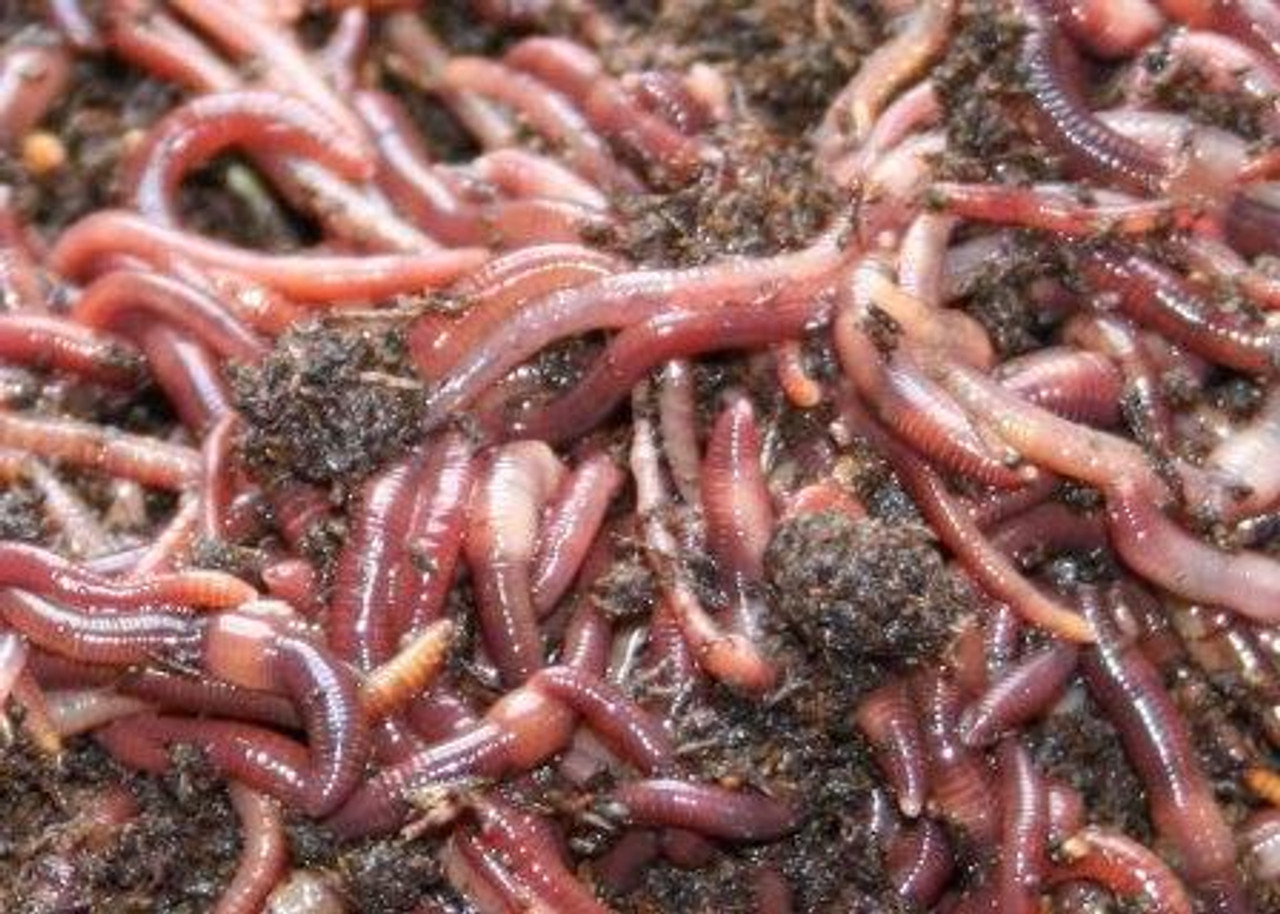Red Wigglers: The Unsung Heroes of Organic Waste Recycling
Red wigglers, or Eisenia fetida, serve as crucial agents in the organic waste reusing procedure, transforming discarded products right into beneficial vermicompost. As the world increasingly looks for options to deal with waste build-up and improve farming efficiency, understanding the function of these worms becomes essential.
What Are Red Wigglers?
The impressive durability of red wigglers, scientifically known as Eisenia fetida, emphasizes their important role in natural waste recycling. These little, reddish-brown earthworms are usually found in decaying raw material, such as compost heap and manure lots. Lake Hickory Bait. Unlike other earthworm varieties, red wigglers prosper in nutrient-rich environments and are extremely reliable at breaking down organic products, making them essential for vermicomposting

(Lake Hickory Bait)Along with their function in waste decrease, red wigglers contribute to dirt wellness by improving soil structure and oygenation through their tunneling tasks (Lake Hickory Bait). Their visibility in composting systems not only enhances decay prices but additionally promotes a sustainable approach to lose administration, highlighting their importance in ecological conservation efforts
Benefits of Composting With Worms
Composting with worms, especially red wigglers, provides countless advantages that improve both waste administration and dirt health. First, these worms successfully damage down natural waste, transforming it right into nutrient-rich vermicompost that improves dirt. This procedure increases disintegration, enabling a much faster recycling of kitchen scraps and various other natural products compared to traditional composting approaches.
Additionally, the vermicompost generated by red wigglers is including useful microorganisms, which aid boost soil structure, oygenation, and wetness retention. This improves the overall health of plants, advertising energetic development and boosted yields in yards and farming setups. Furthermore, using worms in composting lessens the production of greenhouse gases, such as methane, adding to a more sustainable waste monitoring system.

How to Begin Vermicomposting
Developing a vermicomposting system is an uncomplicated process that can produce substantial advantages for both waste management and dirt enrichment. To start, select a suitable container, such as a plastic container or wooden box, with adequate air flow holes to make certain appropriate air flow. The measurements need to preferably be around 2 feet by 3 feet, permitting sufficient area for the worms to prosper.
Following, prepare bed linen material, which can contain shredded paper, cardboard, or coconut coir. This bed linens needs to be dampened to develop an ideal environment for the worms. As soon as the bed linens remains in location, introduce red wigglers (Eisenia fetida) into the bin, normally around one extra pound of Website worms for each square foot of area.
Complying with the placement of worms, include organic waste, such as fruit and vegetable scraps, coffee grounds, and smashed eggshells. With these steps, you will efficiently initiate a vermicomposting system that adds to sustainable waste monitoring and enriches your dirt.
Maintaining a Healthy And Balanced Worm Bin
(Red Wiggler Express)Maintaining a worm container flourishing requires normal interest and like make sure the wellness of the red wigglers and the performance of the composting process. Correct maintenance starts with monitoring the wetness degrees; the container ought to perspire however not waterlogged. A great guideline is to keep a consistency similar to a wrung-out sponge.
Delicately mixing the bed linen and food scraps every couple of weeks protects against compaction and ensures that all worms have accessibility to oxygen. Additionally, it is essential to feed the worms properly.
If the container comes to be as well hot or chilly, the worms might become worried. By faithfully handling these factors, one can preserve a robust and productive worm bin.
Effect on Sustainable Living
The successful maintenance of a worm bin not just profits the wellness of red wigglers yet likewise contributes considerably to lasting living techniques. By recycling natural waste, such as kitchen area scraps and yard particles, red wigglers aid draw away significant amounts of material from land fills. This reduction in waste not just lowers greenhouse gas discharges but additionally lessens the environmental worry linked with waste administration.
Furthermore, the spreadings created by red wigglers act as a nutrient-rich natural fertilizer, boosting soil wellness and advertising plant development. This natural choice to chemical plant foods supports lasting farming and gardening techniques, lowering reliance on artificial inputs that can harm ecological communities. Furthermore, worm composting fosters understanding of waste management, urging individuals and areas to embrace more lasting habits.

Verdict
In summary, red wigglers offer as vital factors to natural waste recycling through their efficient disintegration of natural materials. By integrating vermicomposting right into waste management strategies, people and areas can substantially minimize waste while promoting environmental sustainability.